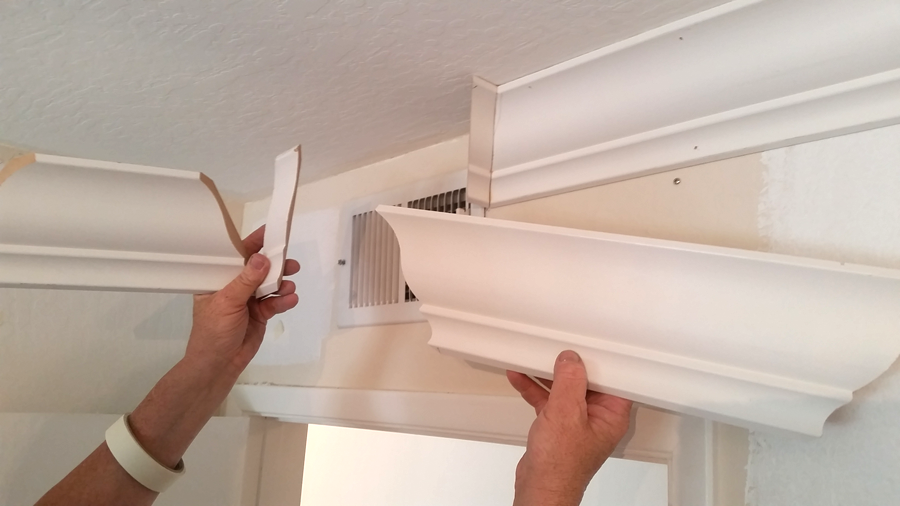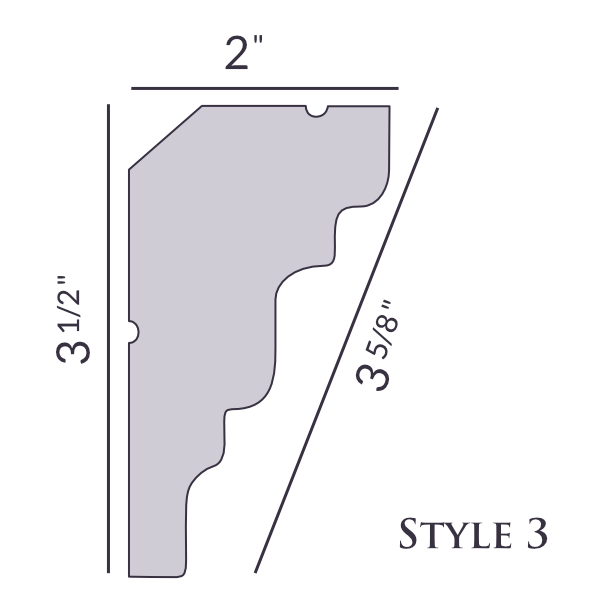The Single Strategy To Use For Crown Molding Installation - WishiHadThat.com


Crown Molding Installation Made Easy - YouTube
The Best Strategy To Use For Crown Molding Installation and Repair - MrHandyman
Built-up Crown, Although crown molding is typically set up alone, you can quickly integrate it with other trim for a bigger, richer appearance. The stock trim offered at any home center supplies dozens of possibilities. You might integrate more pieces than we reveal here or use contrasting woods for a two-tone effect.
Select a style that works with your existing trim. Another Point of View that extends more than 5 in. onto the wall or ceiling may be too dominant or heavy searching in a space with an 8-ft. ceiling. Aside from style, built-up do it yourself crown molding has this huge benefit: It eliminates nailing aggravations.
In other locations, you need to include nailing blocks or use glue (which often makes a mess or can't form a strong bond on the narrow edge of the crown molding). With built-up crown, you deal with these difficulty areas more quickly when you set up the rail trim. Then, when you set up the crown molding, you have solid, constant base to nail into.
Standard lumberyards often have the biggest choice and typically have free samples on hand. At a house center, you may need to purchase short pieces to create your sample.
:max_bytes(150000):strip_icc()/CrownMolding-5be2593e46e0fb005173d278.jpg)
Woodworking DIY Project - Installing Crown Molding on a Cabinet - YouTube
What Does The Grit and Polish Mean?

For an inside corner cut, the bottom edge will be long and the top edge will be brief. On the left side of an inside corner, the cut will angle approximately the left. On the ideal side of an inside corner, the cut will angle up to the right.
The hardest part of setting up crown molding is cutting the corners. You can't do it like any other trim pieces since the molding sits at an angle between the wall and the ceiling (Image 1). Utilizing a coping saw (Image 2) is the easiest method to cut the corners due to the fact that a coped joint is tighter than a mitered joint.
Any space in a coped cut can be quickly concealed with a little bit of caulk. Another tool that will make the job much easier is a power miter saw (Image 3). It's precise and makes a cleaner cut than a plastic miter box.
